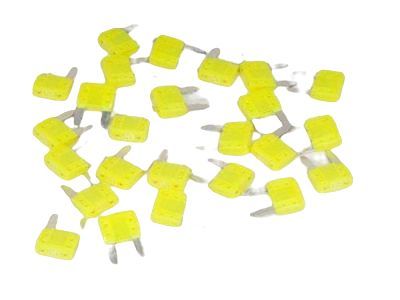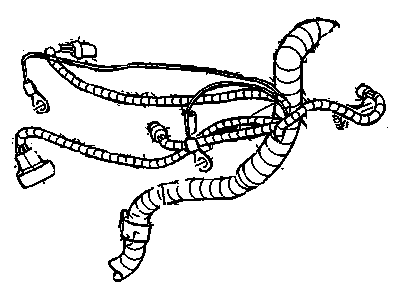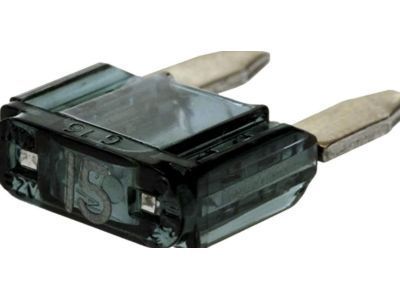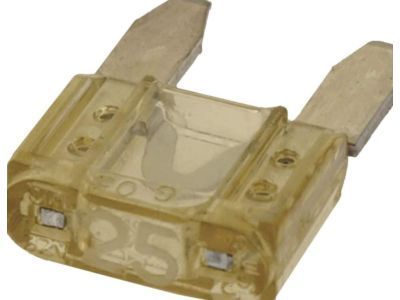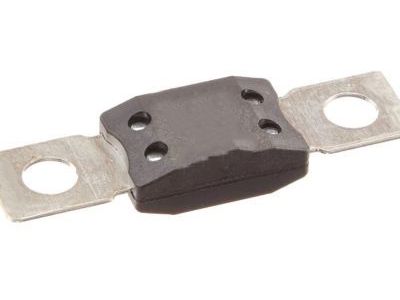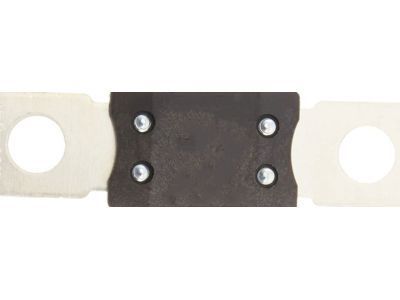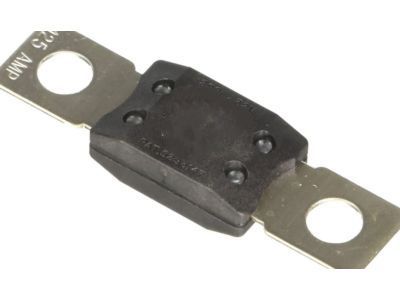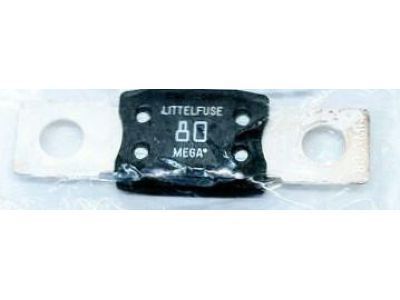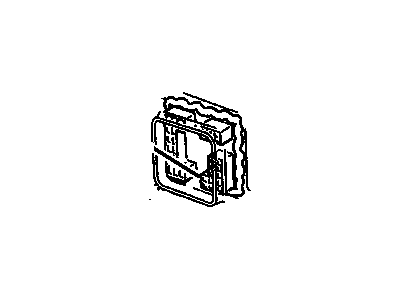
My Garage
My Account
Cart
Genuine Chevrolet Camaro Fuse
Circuit Fuse- Select Vehicle by Model
- Select Vehicle by VIN
Select Vehicle by Model
orMake
Model
Year
Select Vehicle by VIN
For the most accurate results, select vehicle by your VIN (Vehicle Identification Number).
127 Fuses found
Chevrolet Camaro Fuse,Mini 20 A
Part Number: 88861352$2.19 MSRP: $4.13You Save: $1.94 (47%)Ships in 1 Business DayChevrolet Camaro Fuse,Mini 30 A
Part Number: 12092075$0.08 MSRP: $0.16You Save: $0.08 (50%)Ships in 1-3 Business DaysChevrolet Camaro Fuse,Mini 15 A
Part Number: 88909754$0.08 MSRP: $0.16You Save: $0.08 (50%)Ships in 1-3 Business DaysChevrolet Camaro Fuse,Mini 25 A
Part Number: 88909756$0.16 MSRP: $0.30You Save: $0.14 (47%)Ships in 1-2 Business DaysChevrolet Camaro Fuse (175 Amp Mega Fuse)
Part Number: 15305191$9.50 MSRP: $15.72You Save: $6.22 (40%)Ships in 1-2 Business DaysChevrolet Camaro Fuse
Part Number: 84082834$4.66 MSRP: $7.33You Save: $2.67 (37%)Ships in 1-3 Business DaysChevrolet Camaro Fuse
Part Number: 12177251$9.64 MSRP: $15.17You Save: $5.53 (37%)Ships in 1-3 Business DaysChevrolet Camaro Fuse, 80A Mega Fuse (Bolt Down)
Part Number: 22689708$9.92 MSRP: $16.43You Save: $6.51 (40%)Ships in 1-2 Business DaysChevrolet Camaro Fuse,10 A (Ato Fuse)
Part Number: 88861353$0.05 MSRP: $0.10You Save: $0.05 (50%)Ships in 1-3 Business DaysChevrolet Camaro Fuse Assembly, Dash Wiring Harness Fuse Block
Part Number: 12004008$0.90 MSRP: $1.71You Save: $0.81 (48%)Ships in 1-3 Business DaysChevrolet Camaro Fuse
Part Number: 84082852$13.59 MSRP: $22.49You Save: $8.90 (40%)Ships in 1-3 Business DaysChevrolet Camaro Fuse
Part Number: 84082848$14.24 MSRP: $22.40You Save: $8.16 (37%)Ships in 1-3 Business DaysChevrolet Camaro Fuse,Mini 10 A
Part Number: 12092079$4.23 MSRP: $7.98You Save: $3.75 (47%)Ships in 1-3 Business DaysChevrolet Camaro Fuse,Wiring Harness
Part Number: 19209792$2.06 MSRP: $3.88You Save: $1.82 (47%)Ships in 1-3 Business DaysChevrolet Camaro Fuse Asm,15Amp Micro3 Blade Style, 32V
Part Number: 19119304$3.89 MSRP: $6.13You Save: $2.24 (37%)Ships in 1-3 Business DaysChevrolet Camaro FUSE ASM,30 A *PINK
Part Number: 84391112$5.26 MSRP: $9.92You Save: $4.66 (47%)Ships in 1-3 Business DaysChevrolet Camaro Fuse, 100A Mega Fuse (Bolt Down)
Part Number: 15324251$9.86 MSRP: $15.51You Save: $5.65 (37%)Ships in 1-3 Business DaysChevrolet Camaro Fuse, Multiuse (Repair)
Part Number: 22917201$4.96 MSRP: $8.21You Save: $3.25 (40%)Ships in 1-3 Business DaysChevrolet Camaro Fuse,Wiring Harness
Part Number: 19209793$2.06 MSRP: $3.88You Save: $1.82 (47%)Ships in 1-3 Business DaysChevrolet Camaro Fuse,Wiring Harness
Part Number: 19209799$3.88 MSRP: $6.11You Save: $2.23 (37%)Ships in 1-3 Business Days
| Page 1 of 7 |Next >
1-20 of 127 Results
Chevrolet Camaro Fuse
Each OEM Chevrolet Camaro Fuse we offer is competitively priced and comes with the assurance of the manufacturer's warranty for the part. Furthermore, we guarantee the speedy delivery of your orders right to your doorstep. Our hassle-free return policy is also in place for your peace of mind.
Chevrolet Camaro Fuse Parts Questions & Experts Answers
- Q: How are the electrical circuits safeguarded, and what should be done when a fuse blows on Chevrolet Camaro?A:The electrical circuits of the vehicle are protected by fuses, circuit breakers, and fusible links; with the main fuse/relay board in the engine compartment, the interior fuse/relay cases are located behind the left end of the instrument panel and at the right rear corner of the trunk according to the year and model. Small fuses are used in the electrical circuit while medium and large fuses are used in the fuse block, but the all have blade terminal designs; while the medium and large fuses are easily slid out of their positions, small fuses need one to use pliers or a plastic fuse-puller tool. In the case when an electrical component is dead, the check of fuse is a first step; the best way to check whether there is power at the exposed terminal lips of every fuse-use a test light: if there's power at one end but not at the other-the fuse is blown, and, in addition, it may be observed that the element between the terminals is melted. Fuses which have blown should be replaced by the right type as other fuses can appear physically different but should not be used as they will only offer the wrong amount of protection to the electrical circuits, and the amperage value is usually printed on the top part of the fuse body. If a replacement fuse fails immediately, it should not be replaced again until the root problem; whereby usually a short circuit resulting from a damaged or degraded wire is fixed. Also, there are some circuits which are protected by fusible links and these will be in circuits that are not fused or in high current circuits such as the link between alternator and battery; these are made to melt if subjected to high currents and has to be replaced by one of the same rating; more often they will blow again before requiring it to be replaced.
